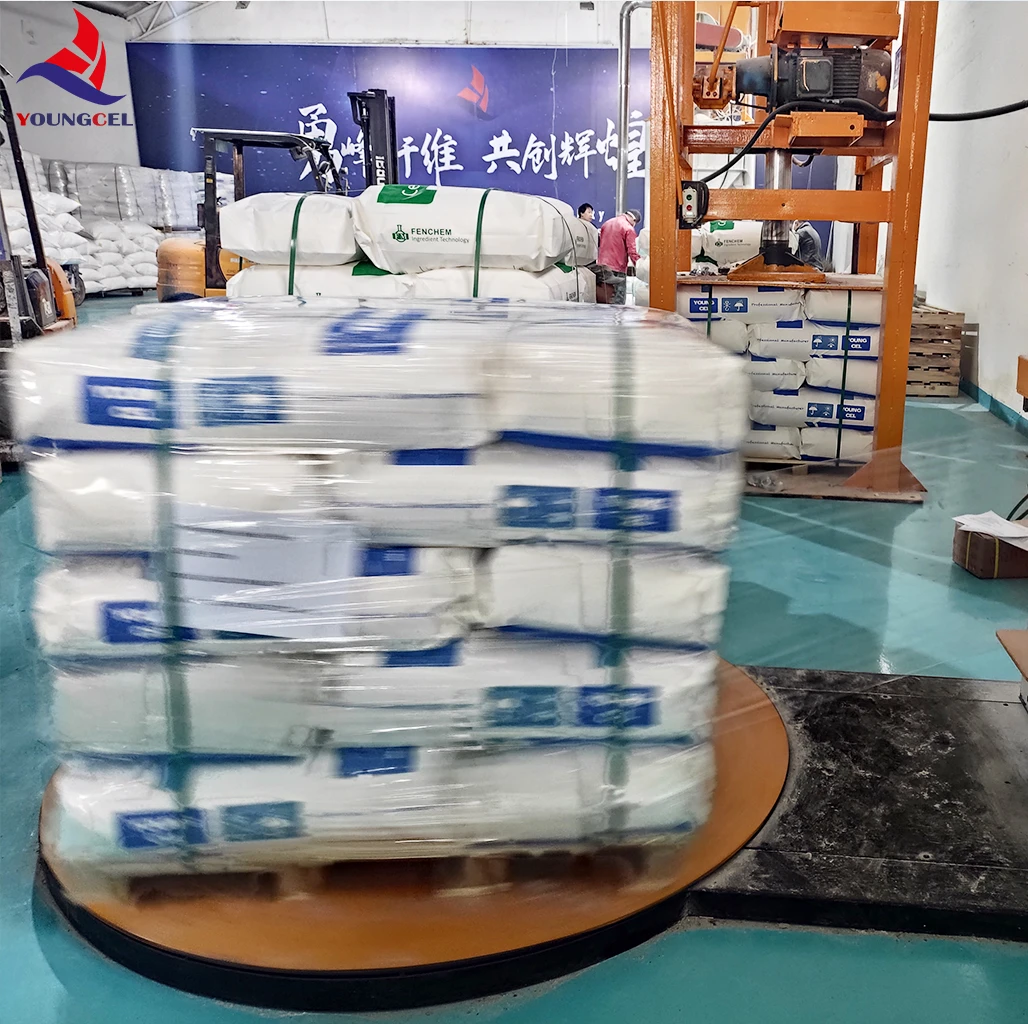Understanding HPMC Industrial Grade Applications and Benefits
Hydroxypropyl Methylcellulose (HPMC) is a versatile cellulose ether that has garnered significant attention in various industrial applications due to its unique properties. Classified as an industrial grade compound, HPMC is a non-ionic polymer widely used in construction, pharmaceuticals, food production, and personal care products. This article delves into the characteristics, applications, and advantages of industrial-grade HPMC.
What is HPMC?
HPMC is a modified cellulose compound derived from natural cellulose through a series of chemical processes. The modification introduces hydroxypropyl and methoxy groups into the cellulose structure, enhancing its solubility in water and its functional properties. As a result, HPMC exhibits excellent film-forming, thickening, and stabilizing capabilities. Generally available in granules or powder forms, HPMC is prized for its non-toxic, biodegradable, and environmentally friendly nature, making it a favorable choice in various sectors.
Applications of HPMC Industrial Grade
1. Construction Industry HPMC is widely used in construction materials such as cement, mortars, and tile adhesives. It improves workability by providing better adhesion, flexibility, and water retention. HPMC also enhances the durability of the materials, making them resistant to cracking and other forms of wear. The addition of HPMC in construction products enables easier application and extended open time for users, as well as improved performance in varying environmental conditions.
2. Pharmaceuticals In the pharmaceutical sector, HPMC serves as an excipient in the formulation of tablets and capsules. It acts as a binder, ensuring the uniform distribution of active ingredients, and helps control the release rate of the drugs due to its gel-forming ability. HPMC is also used in the production of pharmaceuticals for patient compliance in controlled-release formulations, leading to better therapeutic outcomes.
hpmc industri grade

3. Food Industry HPMC is employed as a food additive due to its thickening and stabilizing properties. It is commonly found in sauces, dressings, and bakery products, where it helps improve texture and consistency. Additionally, HPMC acts as a fat replacer in low-calorie food formulations, enhancing mouthfeel without adding calories. Its safety for consumption is supported by its status as a Generally Recognized as Safe (GRAS) substance.
4. Personal Care Products The cosmetic and personal care industry benefits from HPMC's versatility as an ingredient in lotions, shampoos, and creams. Its ability to retain moisture and create a smooth, creamy texture makes it a favored component in various formulations. Moreover, HPMC helps stabilize emulsions, ensuring product consistency and efficacy.
Benefits of HPMC Industrial Grade
The industrial-grade HPMC offers several advantages across its applications. Its high viscosity and exceptional water retention properties are crucial for many formulations. The versatility of HPMC allows manufacturers to customize formulations tailored to specific needs by adjusting its molecular weight and degree of substitution. Furthermore, HPMC is resistant to microbial growth, improving the shelf life of products.
Environmental benefits are also significant; HPMC is biodegradable, thus aligning with the growing demand for eco-friendly raw materials. Its non-toxic nature makes it suitable for sensitive applications, ensuring safety for users and consumers alike.
Conclusion
HPMC industrial grade is a critical ingredient in various industries, providing a range of benefits that enhance product quality and performance. Its multifunctional characteristics make it indispensable, from the construction sector to pharmaceuticals and food production. Understanding its applications and advantages allows industries to leverage HPMC effectively, driving innovation and meeting consumer demands in a rapidly evolving market. As more sectors seek sustainable and efficient solutions, HPMC's role is poised to grow, affirming its importance in modern industrial applications.
-
Rdp Powder: Key Considerations for Wholesalers in the Building Materials IndustryNewsJul.08,2025
-
Key Considerations for Wholesalers: Navigating the World of Hpmc - Based ProductsNewsJul.08,2025
-
Hpmc Detergent: Key Considerations for WholesalersNewsJul.08,2025
-
Key Considerations for Wholesalers: China Hpmc For Tile Adhesive, Coating Additives, Concrete Additives, and MoreNewsJul.08,2025
-
Crucial Considerations for Wholesalers: Navigating the World of Construction MaterialsNewsJul.08,2025
-
Key Considerations for Wholesalers Sourcing Additive For Cement, Additive For Concrete, Additive For Putty from Additive Manufacturer Shijiazhuang Gaocheng District Yongfeng Cellulose Co., Ltd.NewsJul.08,2025




